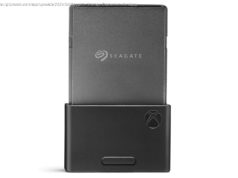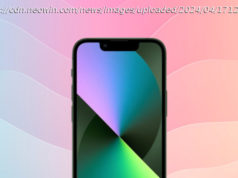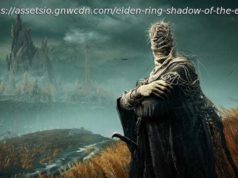A retrospective article about PC and MS-DOS videogame Noctis, created by Alessandro Ghignola, in which players explore …
Over the decades I’ve been playing video games, I’ve flown spaceships made of futuristic alloys and bubbles of energy, and I’ve flown spaceships hammered together from wooden planks, chunky metal bolts and flapping sailcloth. I’ve flown ships that extrapolate believably from the design of the International Space Station, and I’ve flown ships that are basically steam trains with an attitude problem. But not till Noctis, somehow, have I flown a spaceship made of glass. In this « dreamable space simulator » from Italian developer Alessandro Ghignola, released in 2000, you explore a galaxy’s worth of solar systems in a Stardrifter – a chunk of polarised quartz that harbours a single, square room, more of a conservatory than a cockpit, with Centerparcs-style viewing domes protruding above and below.
Noctis players often affectionately refer to the Stardrifter as a « catbox », because the game’s Feltyrion voyagers are said to be descended from cats. But any feeling of absurdity evaporates when you hit the Depolarise button. This switches off the electrical current running through the hull, turning those glass walls transparent and so, transforming your ship into a prism – a folded extravaganza of photons and facets, which derives its colour from the nearest star: gold, blue, green. The game’s crunchy 320×200 display resolution only adds to the lustre of the refraction effects. It makes them feel artful and tactile in a way I don’t think I’ve experienced in any space sim developed for more « powerful » hardware.
This, truly, is a ship for sightseeing, a lens drifting through the stars, and an appropriate vehicle for a game loop of visiting planets and uploading names and short descriptions to a community database – accessible within the game, and still tantalisingly incomplete, 23 years later. And what’s this? The Stardrifter is also a screen. The text commands for scanning celestial bodies and engaging the ship’s autopilot are displayed on the forward viewing window, their boxy white Casio fonts hanging among the constellations.
This interface proves very unwieldy, though there are a few keyboard shortcuts to ease the pain. You select options by holding right-mouse to root your character, then looking at the text and double-clicking, and the window is too wide to read in its entirety without reducing the options to a pixelated scrawl.
Home
United States
USA — software After 23 years, Starfield’s ancestor Noctis is still a vision of the...






